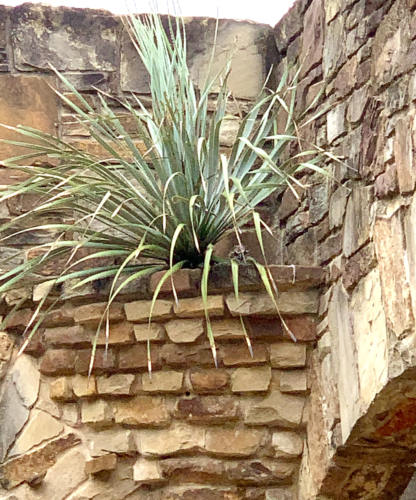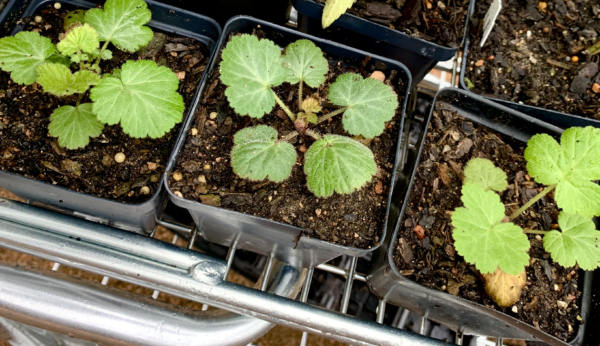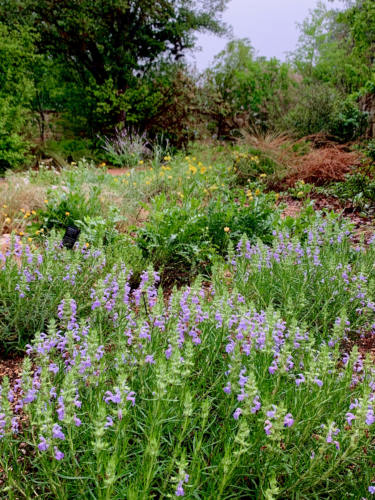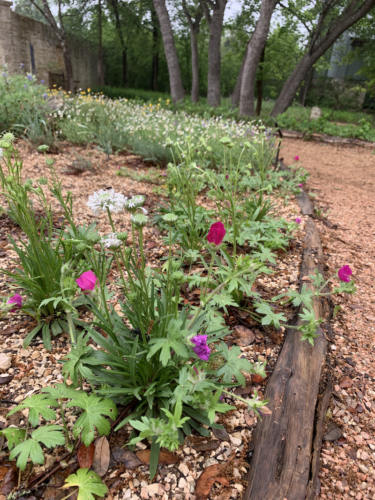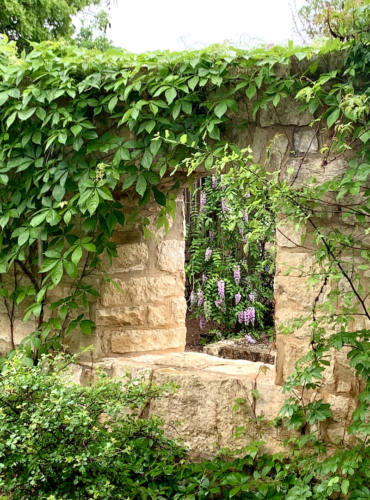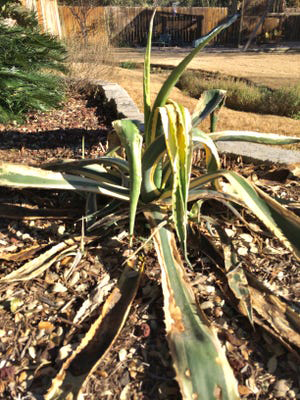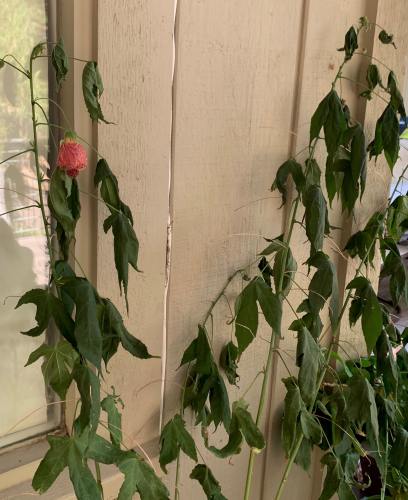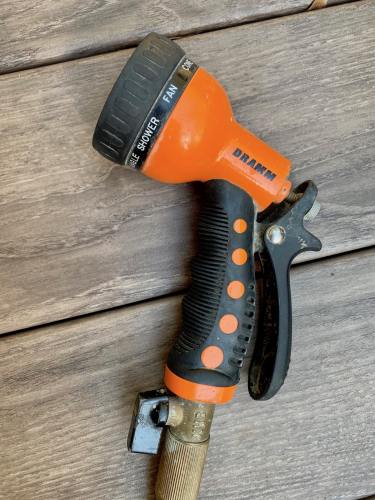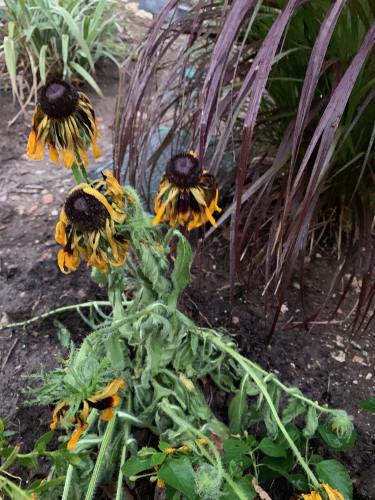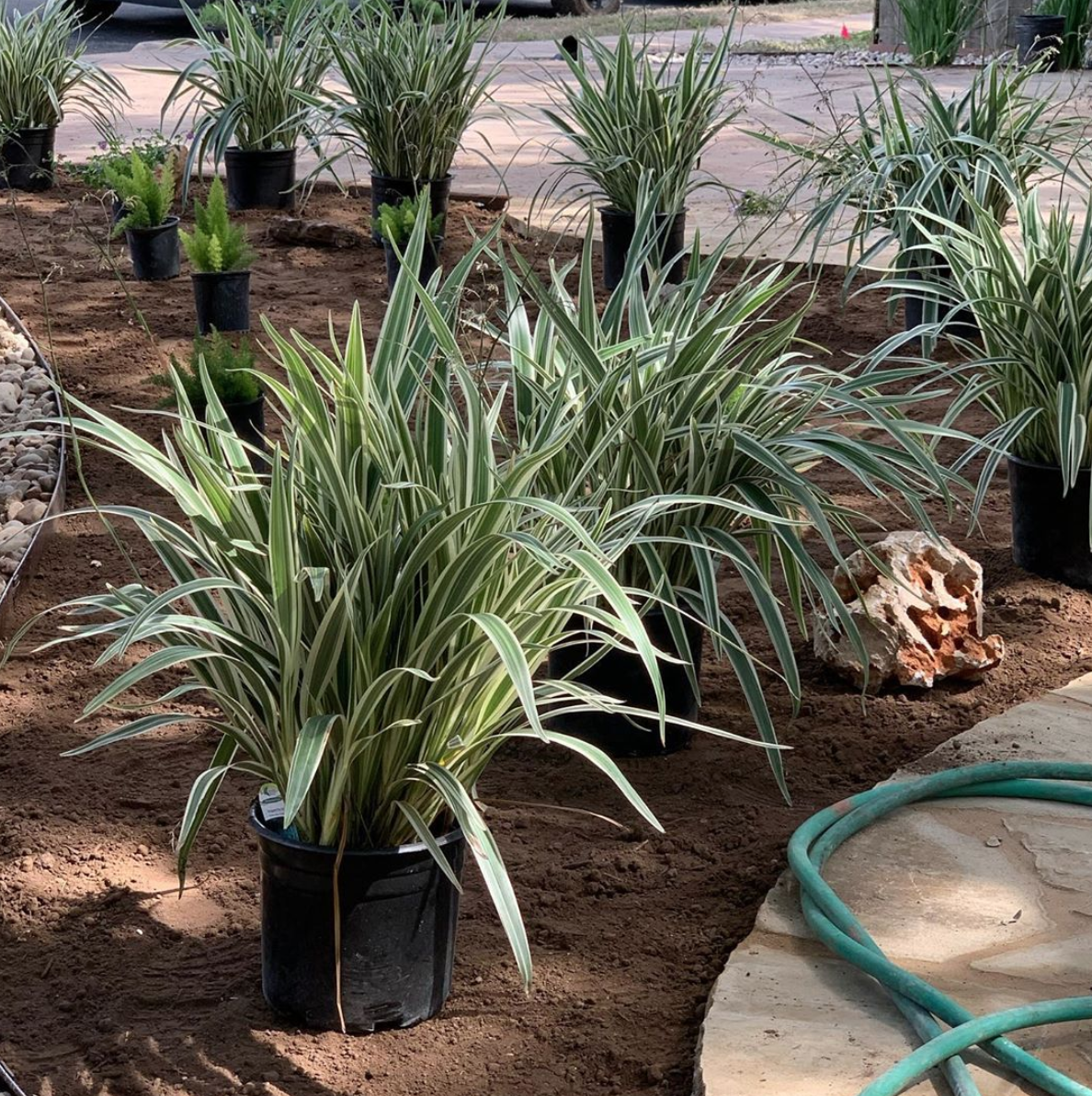Plant This! Lyre leaf sage
This lovely spreading ground cover produces tall, electric blue blooms for 4-6 weeks in spring. 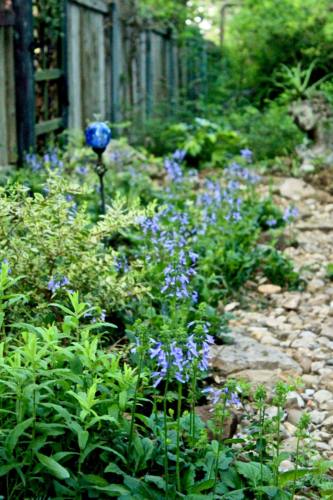 Perfect for any shady or semi-shady spot, lyre leaf sage shows off before much of the summer garden wakes up.
Perfect for any shady or semi-shady spot, lyre leaf sage shows off before much of the summer garden wakes up.
Green and purple foliage adds interest once the blooms have finished. About 1-2 feet tall when it blooms, it spreads quickly, so make sure you give it enough space to roam. I’ve planted it in my woodland shade garden, pairing it with ferns, black scallop ajuga, ground orchids and columbine.
Check it out – you’ll be glad you did.

